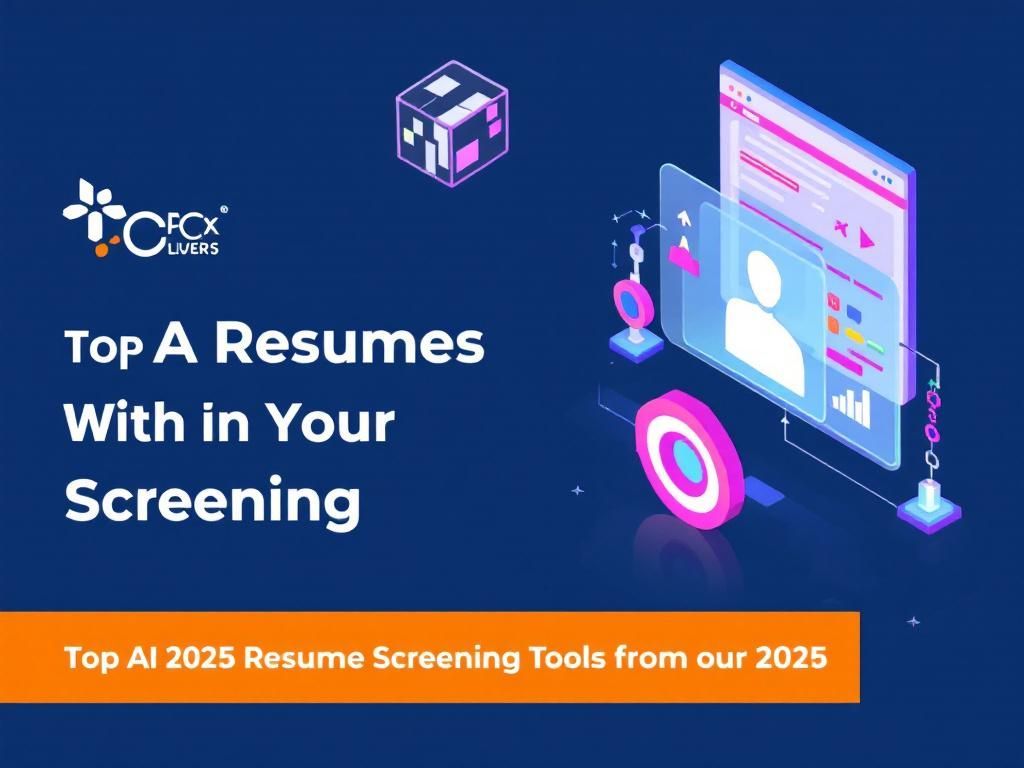In today’s fast-paced business environment, efficient onboarding is more crucial than ever. Companies are increasingly leveraging artificial intelligence (AI) tools to streamline their onboarding processes, making them not only faster but also more effective. This article delves into the various ways AI can enhance onboarding in HR, providing insights into its benefits, challenges, and implementation strategies.
Understanding the Onboarding Process
Onboarding is the process through which new employees are integrated into an organization. It encompasses everything from initial recruitment to training and assimilation into the company culture. A well-structured onboarding process can significantly impact employee satisfaction and retention. Here are the typical stages of onboarding:
- Pre-boarding: Activities that take place before the new hire’s first day.
- Orientation: Introduction to company policies, culture, and procedures.
- Training: Skill development and knowledge transfer related to job responsibilities.
- Integration: Building relationships and understanding team dynamics.
The Role of AI in Onboarding
AI tools can automate and enhance various aspects of the onboarding process. Here are some key areas where AI can make a significant impact:
1. Automated Document Management
One of the most time-consuming aspects of onboarding is managing paperwork. AI-driven document management systems can:
- Automate the collection and processing of employee documents.
- Provide secure cloud storage for sensitive information.
- Ensure compliance with data protection regulations.
2. Personalized Learning Experiences
AI can tailor training programs to match the individual needs of new hires. Key benefits include:
- Adaptive learning paths based on performance and learning style.
- AI-generated quizzes and assessments to track progress.
- Recommendations for additional resources based on interest and job role.
3. Virtual Assistants for FAQs
AI-powered chatbots can serve as virtual assistants during the onboarding process, providing immediate assistance on common questions such as:
- Company policies and procedures
- Technical support for onboarding tools
- Scheduling training sessions
4. Data Analytics for Continuous Improvement
AI can analyze onboarding data to identify trends and areas for improvement. This may include:
- Time taken to complete onboarding tasks
- Employee feedback scores
- Retention rates of new hires after the onboarding period
Benefits of Using AI in Onboarding
The integration of AI tools in onboarding offers numerous advantages, including:
Enhanced Efficiency
By automating repetitive tasks, AI frees up HR professionals to focus on more strategic activities, ultimately reducing the time spent on onboarding.
Improved Employee Experience
A streamlined and personalized onboarding experience can lead to higher employee satisfaction, which in turn enhances retention rates.
Cost Reduction
Although there is an initial investment in AI tools, the long-term savings from reduced turnover and lower onboarding times can be significant.
Challenges in Implementing AI in Onboarding
While AI presents numerous benefits, there are also challenges to consider:
1. High Initial Costs
Investing in AI technology and training staff to use it can be expensive, especially for smaller organizations.
2. Resistance to Change
Some employees may be resistant to adopting new technologies, viewing them as a threat to job security.
3. Data Privacy Concerns
Handling sensitive employee data requires strict compliance with privacy regulations and a strong commitment to data security.
Strategies for Successful AI Implementation
To successfully integrate AI tools in the onboarding process, consider the following strategies:
1. Start Small
Begin with pilot projects to test AI capabilities before a full-scale rollout. This allows for adjustments based on initial feedback.
2. Train HR Staff
Provide training for HR personnel to ensure they can effectively utilize AI tools and understand their benefits.
3. Focus on User Experience
Design AI solutions that prioritize user-friendliness, making it easy for both HR employees and new hires to interact with the technology.
4. Ensure Data Security
Implement robust security measures to protect sensitive information and gain trust from employees regarding data handling.
Case Studies of AI in Onboarding
Let’s explore a couple of successful implementations of AI in onboarding from leading companies:
Case Study 1: IBM
IBM uses an AI-driven virtual assistant named “Watson” to guide new employees through the onboarding process. Watson provides answers to common queries, schedules training sessions, and offers tailored learning paths. This initiative has significantly reduced HR workload and improved the onboarding experience.
Case Study 2: Unilever
Unilever employs AI to analyze onboarding data, allowing them to refine their processes. Their AI tools assess how quickly new hires adapt and identify areas where additional support may be needed, enhancing overall efficiency.
Conclusion
Integrating AI tools into the onboarding process represents a transformative approach for HR departments aiming to streamline operations and enhance the employee experience. While challenges exist, the advantages of adopting AI are substantial, making it a worthwhile investment for organizations looking to stay competitive in the modern workforce.
By leveraging AI, companies can create a more engaging, efficient, and effective onboarding experience that sets new hires up for success.
FAQ
How can AI tools improve the onboarding process for HR?
AI tools streamline HR onboarding by automating repetitive tasks, personalizing employee experiences, and providing data-driven insights to enhance efficiency.
What are some examples of AI tools used in HR onboarding?
Examples include chatbots for answering new hire questions, AI-driven training platforms for personalized learning, and software for automating document management.
How does AI enhance employee engagement during onboarding?
AI enhances employee engagement by delivering tailored content, providing instant feedback, and facilitating interactive training modules that cater to individual learning styles.
Can AI tools help reduce onboarding time?
Yes, AI tools can significantly reduce onboarding time by automating administrative tasks and accelerating training processes, allowing HR teams to focus on strategic initiatives.
What metrics can AI tools track during the onboarding process?
AI tools can track metrics such as completion rates, employee satisfaction scores, training effectiveness, and time taken to fully onboard new hires.
Are there any challenges in implementing AI tools for HR onboarding?
Challenges may include data privacy concerns, the need for employee buy-in, and ensuring that AI tools are integrated seamlessly with existing HR systems.




